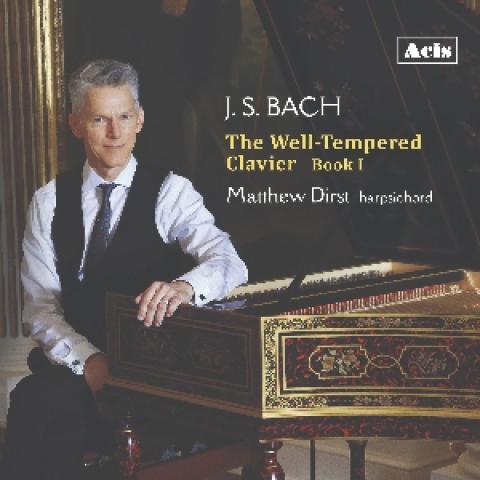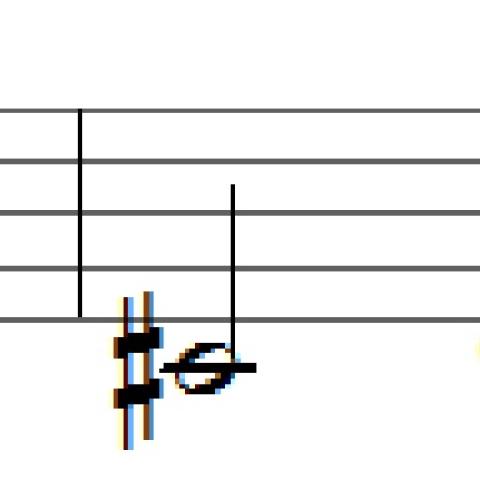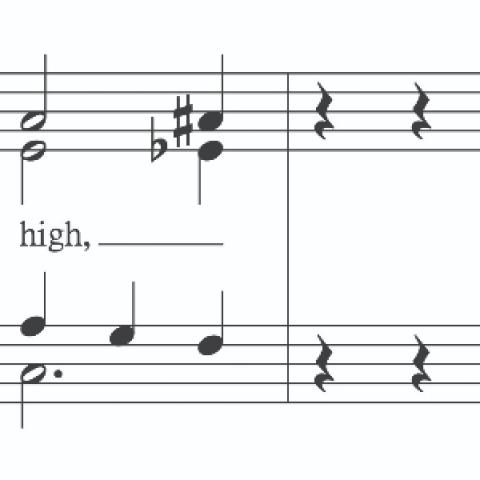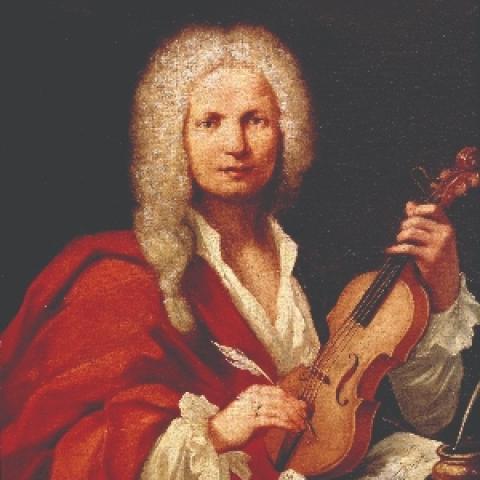
The Art of Preluding: Deconstructing and Reconstructing the Preludes in J. S. Bach’s Well-Tempered Clavier, Volumes I & II, by Derek Remeš. Leupold Editions, a division of The Leupold Foundation, 2021; Volume 1, LE500046, $39; LE500047, $32; sold as a set, LE500049, $60 print, $40 digital. Available from theleupoldfoundation.org.
Attempting to learn a language nowadays often involves the use of an app or two, but only through immersing in that language can the novice speaker become proficient, especially at speaking extemporaneously. In The Art of Preluding, theorist and historical keyboardist Derek Remeš invites keyboardists to immerse themselves in the harmonic language of Bach’s Well-Tempered Clavier and the creative potential that it generates. Rather than merely elevating the WTC as the epitome of craftsmanship, Remeš breaks down the complexities of each prelude by presenting the harmonic content as structural DNA for analysis and imitation. Through this invaluable two-volume guide, Derek Remeš helps the keyboardist not only better comprehend Bach’s particular rhetorical dialect but also take the first steps to improvise in this incredibly rich language.
Remeš’s goals for this publication are four-fold. First, Remeš explores how the preludes and eighteenth-century composition in general can be understood in terms of thoroughbass. As J. S. Bach began his pedagogical routine with thoroughbass training before moving on to chorale harmonizations, according to C. P. E. Bach, Remeš also begins his explanation of “preluding” with the thoroughbass. Second, he illustrates the compendium-like nature of the WTC. By stripping away the embellishments of figuration and idiomatic keyboard writing, Remeš allows the student of Bach to absorb Bach’s harmonic motion and compositional structures. Third, he presents musical rhetoric in Bach’s works as the gateway to speaking Bach’s musical dialect and enables the reader to “join this conversation” by improvising and composing preludes in eighteenth-century style. Fourth, he conveys a more historically informed, pragmatic, and productive notion of creativity, presenting Bach’s work as both a mastery of convention and a basis for imitation. Such was the art of learning by imitation in seventeenth- and eighteenth-century German musical education.
Naturally, the written music in these volumes is their main draw. Remeš provides three versions of each prelude: the original work in a transposition to C major or A minor (see below), an analytical harmonic reduction, and a thoroughbass foundation. The transposed original is presented separate from any “urtext” claims or edition, but Remeš offers a URL to digital sources of all facsimiles. Each analytical reduction highlights numerous structural events, harmonic events, and compositional/contrapuntal devices. The thoroughbass foundation is the simplest reduction of all, and besides providing a basis for all harmonic motion, it invites the keyboardist to improvise something original, thereby following in the footsteps of composition teachers of centuries past. As a gentle introduction to the WTC preludes, Remeš also includes several smaller preludes that are ordinarily taught to students before the WTC.
Although similar in purpose to partimento, this practice differs in that the latter begins wholly from a bass line, figured or unfigured, and results in a partially improvised composition based on implied idioms. Remeš first takes a composition and reduces it to a bass line, and then he invites the player to improvise on it. Though beginning with recognized works, this practice is comparably instructive because the very structure of these works is presented as finished bass lines ready for use. Of course, partimento would also instruct the player in idiomatic writing though through recognizable bass lines, but many of these formed the basis (and basses) of Baroque compositions.
The reader may be surprised to find that every single prelude and fugue has been presented in C major and A minor. Remeš bases this choice on both practicality and historical precedent. Johann David Heinichen, a theorist and contemporary of Bach, conceived of all major and minor keys as transpositions of C major and A minor, thus encouraging the keyboardist’s ability to transpose musical figuration and utilize as many ideas as necessary for an improvisation. Additionally, Heinichen believed that given a key center, the keyboardist would generally modulate within a fairly small range of keys, usually very closely related, and the number of accidentals in any of these key choices would vary by only one sharp or flat from the key signature. Therefore, improvisations within a narrow range would become “transportable” because the keyboardist would be able to move diatonically with ease. This method is comparable to the harmonization guide of Jean-François Dandrieu, who began and ended his progressions in the same key, utilizing only keys very close to the home key of each exercise. Ultimately, this choice of C major and A minor encourages the keyboardist to be ready to incorporate a pattern in any key, especially as common harmonic patterns occur throughout Bach’s keyboard music.
Beyond the body of musical material, the reader will find an extremely useful explanation of the relationship between rhetoric and improvisation. Remeš follows this with erudite applications of many familiar theoretical concepts such as the “rule of the octave” and its historical applications, Schenkerian analysis (with some caveats), and an array of harmonic terms in Remeš’s analytical reduction, all with explanations. Remeš also provides a plethora of bass line harmonizations from C. P. E. Bach’s Essay on the True Art of Playing the Keyboard and other miscellaneous works. Such is a useful practicing tool, especially as Remeš bases his harmonizations on the thoroughbass realizations of C. P. E. Bach and Heinichen.
While other volumes may offer a more methodical approach to improvisation, Remeš provides the raw materials, includes instructions on how to use them and supplement them, and then immediately invites the reader to begin playing and improvising. This pair of volumes belongs in the hands of anyone wishing to better comprehend the genius of Bach by learning to speak his language.
—Michael Delfín
Cincinnati, Ohio
Michael Delfín’s website: michaeldelfin.com
Derek Remeš’s website: derekremes.com






